Home>Construction & Tools>Building Materials>How To Cover Old Brick Wall Outside
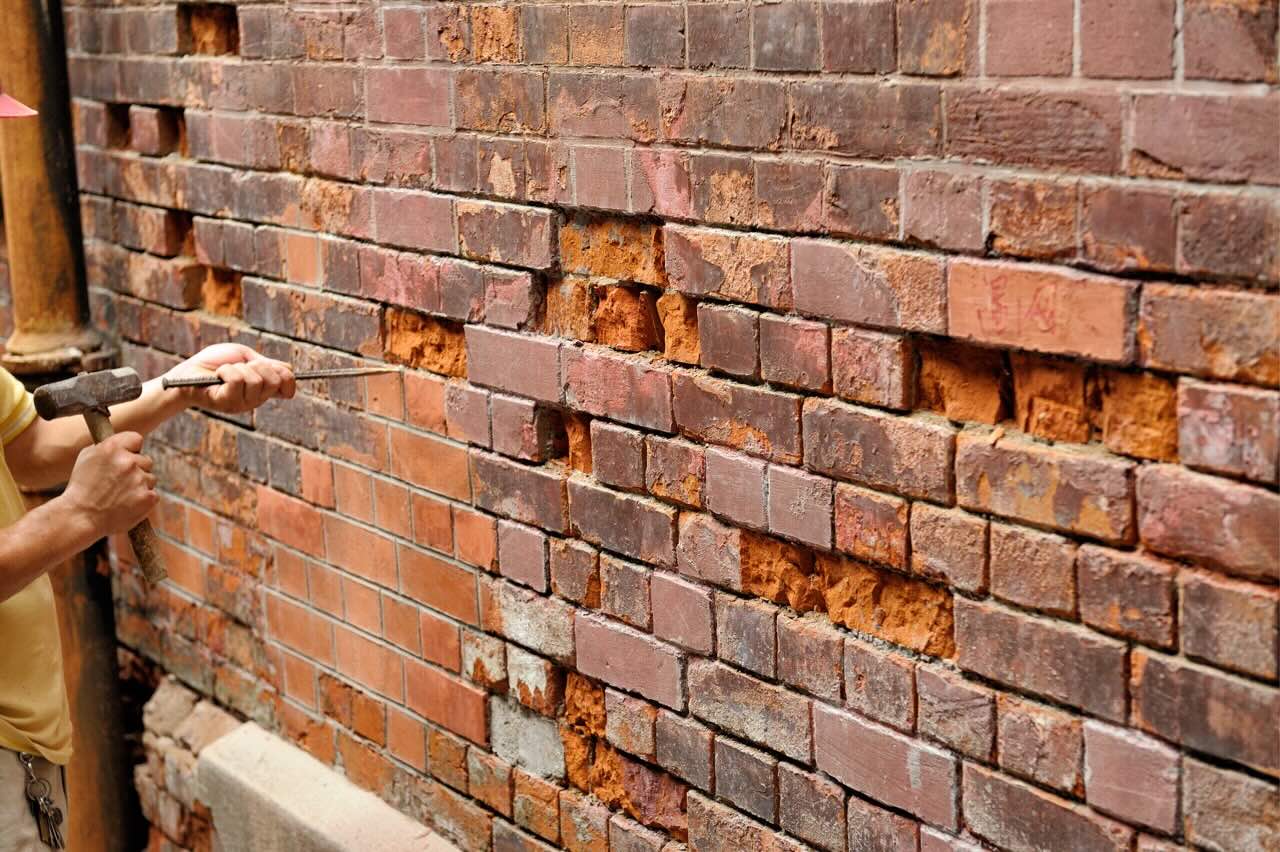

Building Materials
How To Cover Old Brick Wall Outside
Modified: August 28, 2024
Learn how to cover an old brick wall outside using the best building materials. Discover tips and techniques for a successful transformation.
(Many of the links in this article redirect to a specific reviewed product. Your purchase of these products through affiliate links helps to generate commission for Storables.com, at no extra cost. Learn more)
Choosing the Right Material
When it comes to covering an old brick wall outside, selecting the right material is crucial for achieving a successful and visually appealing outcome. The chosen material should not only enhance the aesthetics of the space but also provide durability and weather resistance. Here are some options to consider:
Read more: How To Decorate Brick Wall Outside
1. Exterior Paint
Applying a fresh coat of exterior paint can instantly transform the look of an old brick wall. Choose a high-quality, weather-resistant paint that is specifically designed for exterior surfaces. Opt for a color that complements the overall design scheme of the property.
2. Stucco
Stucco is a popular choice for covering old brick walls due to its versatility and durability. It can be applied in various textures and finishes, allowing for customization to suit different architectural styles. Additionally, stucco provides excellent protection against the elements, making it a practical and long-lasting option.
3. Stone Veneer
For a more natural and rustic appearance, stone veneer offers a compelling solution. It mimics the look of natural stone while being lighter and easier to install. Stone veneer can add a touch of elegance to the exterior, creating a timeless and sophisticated aesthetic.
4. Vinyl Siding
Vinyl siding is a low-maintenance and cost-effective option for covering old brick walls. It comes in a wide range of colors and styles, allowing homeowners to achieve the desired look without the need for extensive upkeep. Additionally, vinyl siding provides insulation and protection against moisture, contributing to energy efficiency.
Read more: How To Cover Brick Walls Inside House
5. Wood Cladding
Wood cladding can impart a warm and inviting feel to the exterior of a property. It is available in various wood species and finishes, offering versatility in design. When properly treated and maintained, wood cladding can withstand outdoor conditions while adding natural charm to the surroundings.
6. Decorative Panels
Decorative panels, such as composite or metal panels, present a modern and innovative approach to covering old brick walls. These panels come in a range of designs and colors, allowing for creative expression and architectural enhancement. They offer a sleek and contemporary aesthetic while providing practical benefits such as insulation and weather resistance.
When selecting the right material for covering an old brick wall outside, it's essential to consider factors such as the property's architectural style, climate conditions, maintenance requirements, and desired aesthetic appeal. By carefully evaluating these aspects, homeowners can make an informed decision that aligns with their vision for the exterior transformation.
Key Takeaways:
- Choose the right material like paint, stucco, or stone veneer to cover old brick walls outside. Consider durability, weather resistance, and aesthetic appeal for a successful transformation.
- Prepare the old brick wall by cleaning, repairing, priming, and applying a weatherproofing barrier before covering it. This sets the stage for a visually stunning and long-lasting result.
Preparing the Surface
Before applying the chosen covering to the old brick wall, thorough preparation of the surface is essential to ensure a successful and long-lasting result. The process of preparing the surface involves several crucial steps that contribute to the adhesion, durability, and overall quality of the covering. By meticulously addressing the condition of the brick wall and implementing proper preparation techniques, homeowners can optimize the performance and visual appeal of the chosen material.
1. Cleaning and Inspection
The initial step in preparing the surface involves cleaning the old brick wall to remove any dirt, debris, or existing coatings. This can be accomplished through power washing or scrubbing with a cleaning solution. Once the surface is clean, a detailed inspection should be conducted to identify any areas of damage, such as cracks, loose mortar, or efflorescence. Addressing these issues before applying the covering is crucial for ensuring a smooth and uniform finish.
Read more: How To Refresh Old Brick
2. Repair and Restoration
After identifying any structural or cosmetic imperfections, the next step is to undertake necessary repairs and restoration work. Cracks in the brickwork should be filled, and any loose or deteriorated mortar must be repointed to reinforce the integrity of the wall. Additionally, addressing efflorescence, which is the white, powdery residue caused by salt deposits, is essential to prevent it from affecting the new covering.
3. Surface Priming
Once the repairs are complete, the surface of the old brick wall should be primed to enhance adhesion and promote a uniform appearance of the covering material. A high-quality primer designed for the specific type of covering being applied should be used to ensure optimal bonding and long-term performance.
4. Application of Weatherproofing Barrier
In regions prone to moisture or extreme weather conditions, applying a weatherproofing barrier before installing the covering is highly recommended. This additional layer of protection helps prevent water infiltration and minimizes the risk of moisture-related issues, such as mold or deterioration, which can compromise the integrity of the covering and the underlying brick wall.
5. Surface Texture Adjustment
Depending on the type of covering selected, adjustments to the surface texture may be necessary to ensure proper adhesion and a seamless finish. Smoothing out rough areas or creating a suitable texture for the specific covering material can significantly impact the overall aesthetic and performance of the application.
By meticulously preparing the surface of the old brick wall through cleaning, repair, priming, weatherproofing, and texture adjustment, homeowners can create an optimal foundation for the successful application of the chosen covering material. This comprehensive preparation process sets the stage for a visually stunning transformation and ensures the longevity and resilience of the exterior enhancement.
Read more: How To Update Old Brick Fireplace
Applying the Covering
Once the surface preparation is complete, the application of the chosen covering material is the pivotal stage in the transformation of an old brick wall. This step requires precision, attention to detail, and adherence to best practices to achieve a flawless and enduring result. The application process varies depending on the selected material, each requiring specific techniques and considerations to ensure optimal performance and visual impact.
Read more: How To Decorate Brick Wall Outside
1. Exterior Paint
When applying exterior paint to cover an old brick wall, it is essential to use high-quality paint specifically formulated for outdoor use. Begin by carefully cutting in the edges with a brush before using a roller to apply the paint evenly across the surface. Multiple coats may be necessary to achieve the desired color depth and coverage, and it's crucial to allow adequate drying time between coats.
2. Stucco
The application of stucco involves a multi-step process, starting with the application of a scratch coat followed by a brown coat and, finally, a finish coat. Each layer must be applied evenly and allowed to cure before the next one is added. Proper troweling and texturing techniques are essential to achieve the desired aesthetic, whether it's a smooth, traditional finish or a textured, rustic appearance.
3. Stone Veneer
Installing stone veneer requires meticulous attention to detail to ensure a natural and authentic look. The stones should be arranged thoughtfully, and mortar or adhesive must be applied evenly to secure them in place. Proper spacing and alignment are crucial to create a seamless and visually appealing surface that mimics the appearance of natural stone.
4. Vinyl Siding
The application of vinyl siding involves securing the panels to the old brick wall using appropriate fasteners and techniques. Careful attention should be given to alignment and leveling to ensure a uniform and professional finish. Properly securing the siding is crucial for its long-term performance and resistance to environmental elements.
Read more: How To Cover Brick Walls Inside House
5. Wood Cladding
When applying wood cladding, precision in cutting and fitting the pieces is essential to achieve a seamless and visually pleasing result. Proper sealing and finishing of the wood are crucial to protect it from moisture and ensure its longevity. Attention to detail during the installation process is key to achieving a polished and refined appearance.
6. Decorative Panels
The installation of decorative panels involves precise measurements and secure attachment to the old brick wall. Whether using composite or metal panels, following the manufacturer's guidelines for installation is crucial to ensure structural integrity and a visually striking result. Attention to detail in alignment and spacing is essential for a professional and contemporary finish.
By meticulously following the specific application techniques for the chosen covering material, homeowners can achieve a stunning transformation of their old brick wall. Each material presents unique opportunities for enhancing the exterior aesthetics while providing durability and weather resistance. The application process is a critical phase in realizing the vision for a revitalized and visually captivating outdoor space.
Finishing Touches
After the successful application of the chosen covering material to the old brick wall, attention to the finishing touches elevates the overall aesthetic and ensures the longevity of the transformation. These final steps add polish, cohesiveness, and additional protection, contributing to a visually stunning and resilient exterior.
Read more: How To Cover A Brick Fireplace
1. Sealing and Waterproofing
Applying a high-quality sealant or waterproofing solution over the newly covered surface is essential to protect the material from moisture, UV exposure, and environmental elements. This step enhances the durability of the covering, prevents water infiltration, and minimizes the risk of deterioration over time.
2. Trim and Edging
Incorporating trim elements and edging details provides a refined and cohesive look to the exterior. Whether using contrasting or complementary colors, carefully selected trim can accentuate architectural features, create visual interest, and give the covering a polished appearance.
3. Color Coordination
Harmonizing the color scheme of the covering material with other exterior elements, such as doors, windows, and landscaping, creates a cohesive and visually appealing facade. Thoughtful color coordination enhances the overall curb appeal and creates a unified look for the property.
4. Lighting Integration
Strategic placement of outdoor lighting fixtures can highlight the newly covered wall, adding drama and ambiance to the exterior space. Whether through uplighting, downlighting, or accent lighting, integrating illumination enhances the architectural features and creates a captivating nighttime presence.
Read more: How To Cover A Brick Floor
5. Maintenance Guidelines
Providing homeowners with maintenance guidelines and care instructions for the specific covering material ensures its long-term beauty and performance. Proper maintenance, including cleaning, inspections, and periodic upkeep, preserves the integrity of the covering and prolongs its lifespan.
6. Landscaping Enhancement
Complementing the revitalized exterior with well-planned landscaping enhances the overall impact of the transformation. Thoughtful placement of greenery, hardscaping elements, and outdoor decor harmonizes the outdoor space, creating a welcoming and inviting atmosphere.
7. Personalized Details
Incorporating personalized details, such as address plaques, decorative accents, or custom artwork, adds a touch of individuality and character to the exterior. These unique elements contribute to the overall charm and personality of the property.
By attending to these finishing touches, homeowners can achieve a comprehensive and visually striking transformation of their old brick wall. The careful consideration of sealing, trim, color coordination, lighting, maintenance, landscaping, and personalized details culminates in an exterior that exudes elegance, durability, and timeless appeal.
Frequently Asked Questions about How To Cover Old Brick Wall Outside
Was this page helpful?
At Storables.com, we guarantee accurate and reliable information. Our content, validated by Expert Board Contributors, is crafted following stringent Editorial Policies. We're committed to providing you with well-researched, expert-backed insights for all your informational needs.
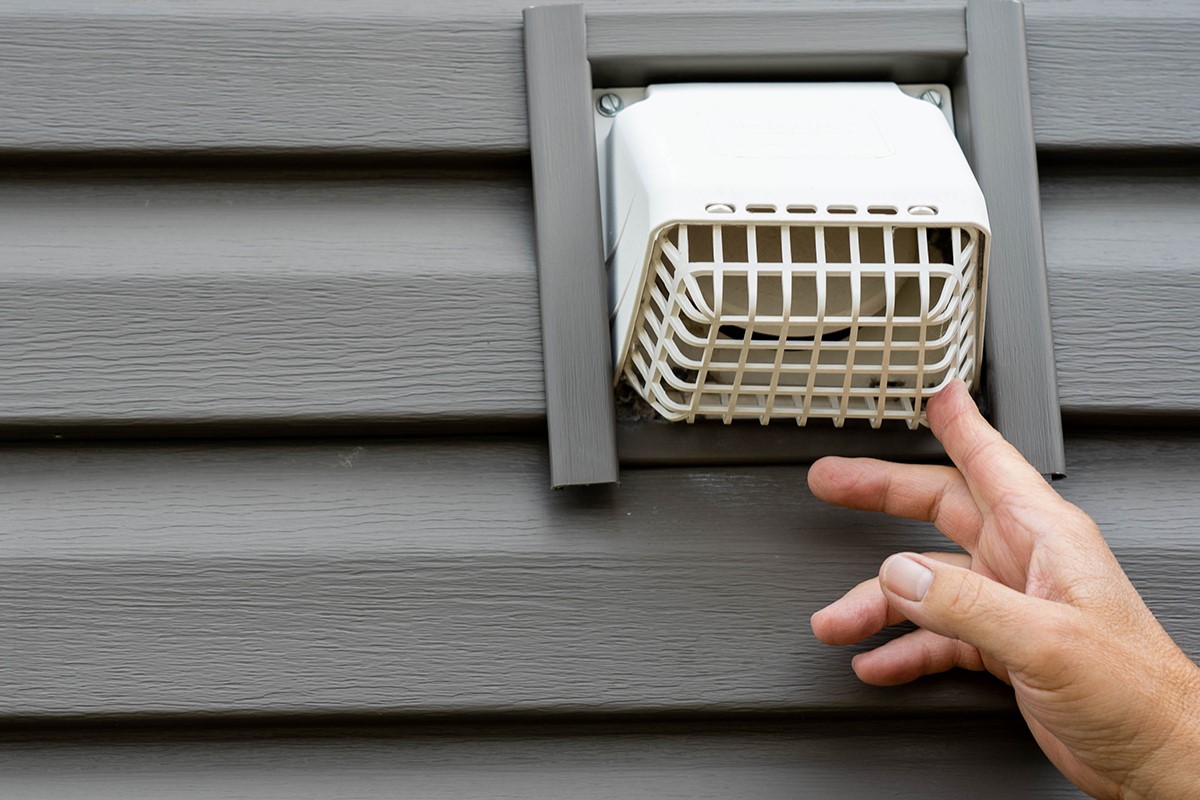
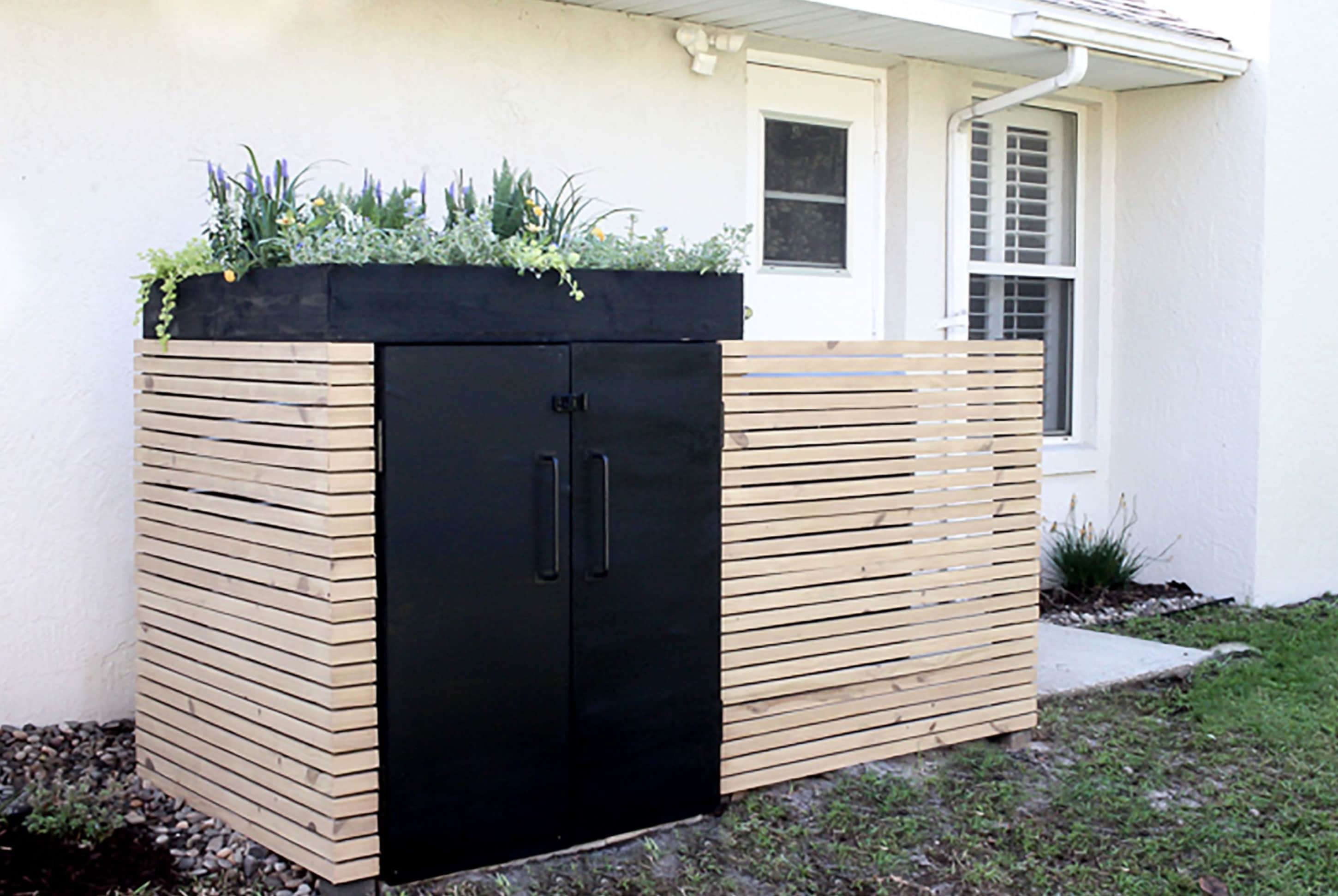
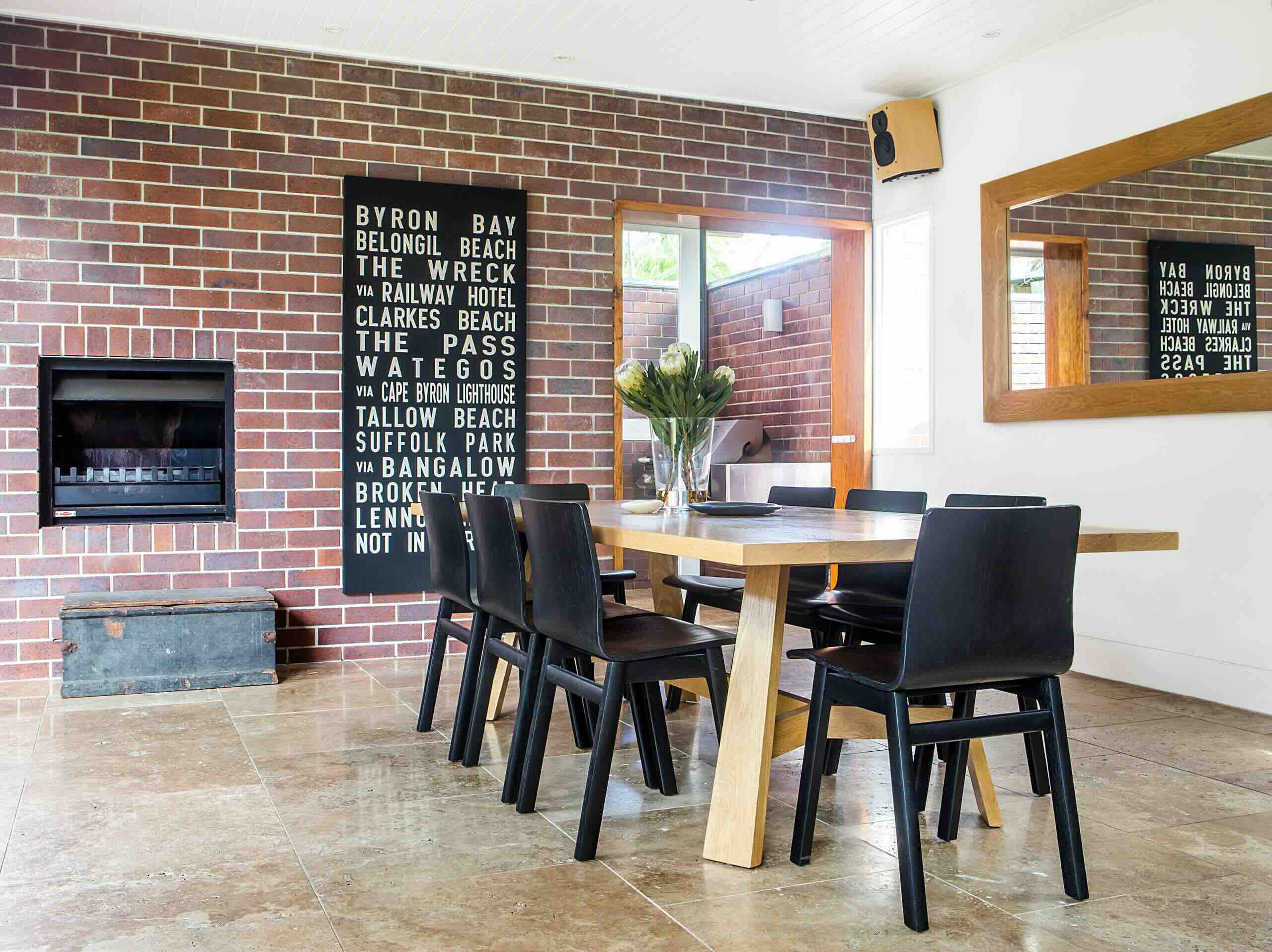
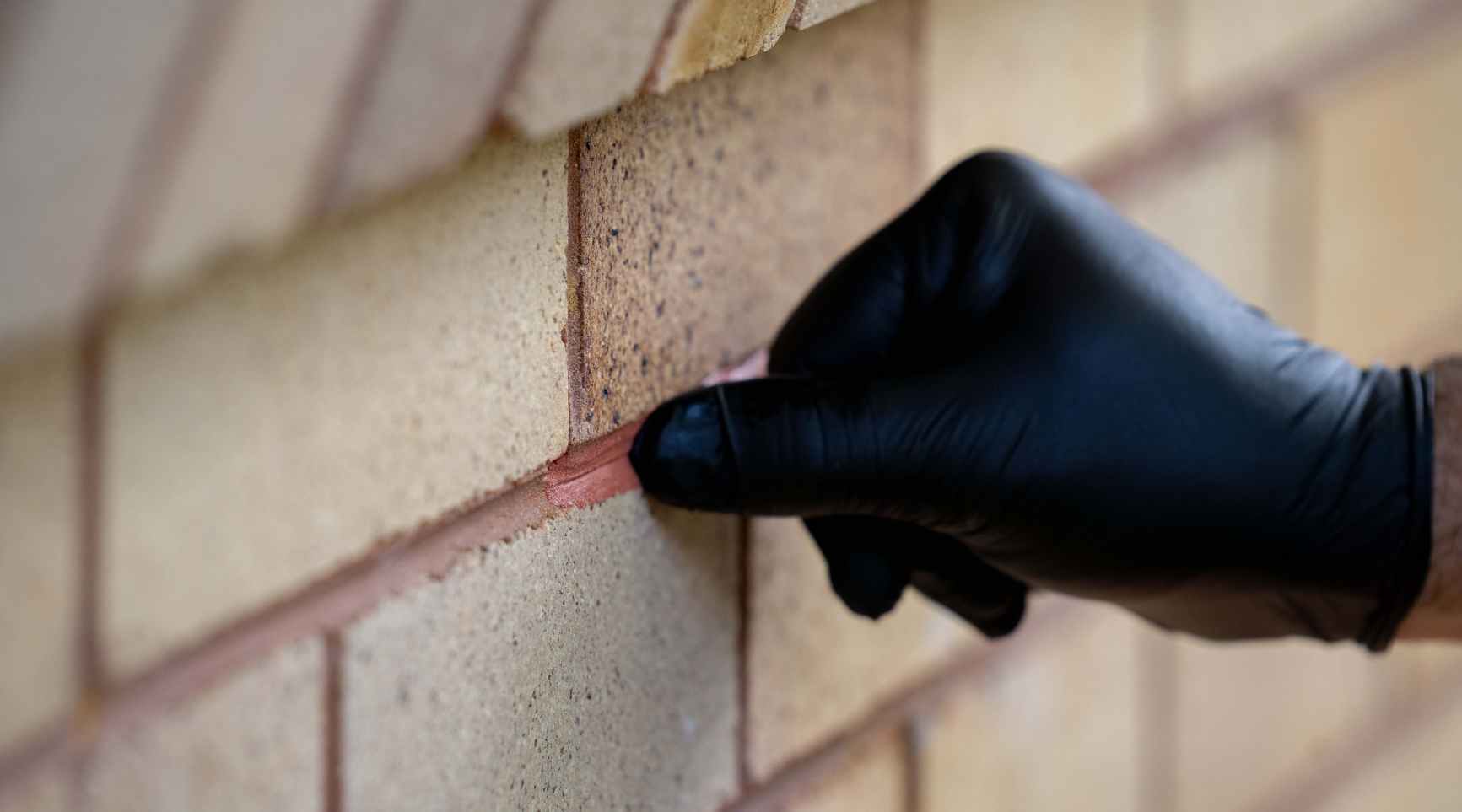
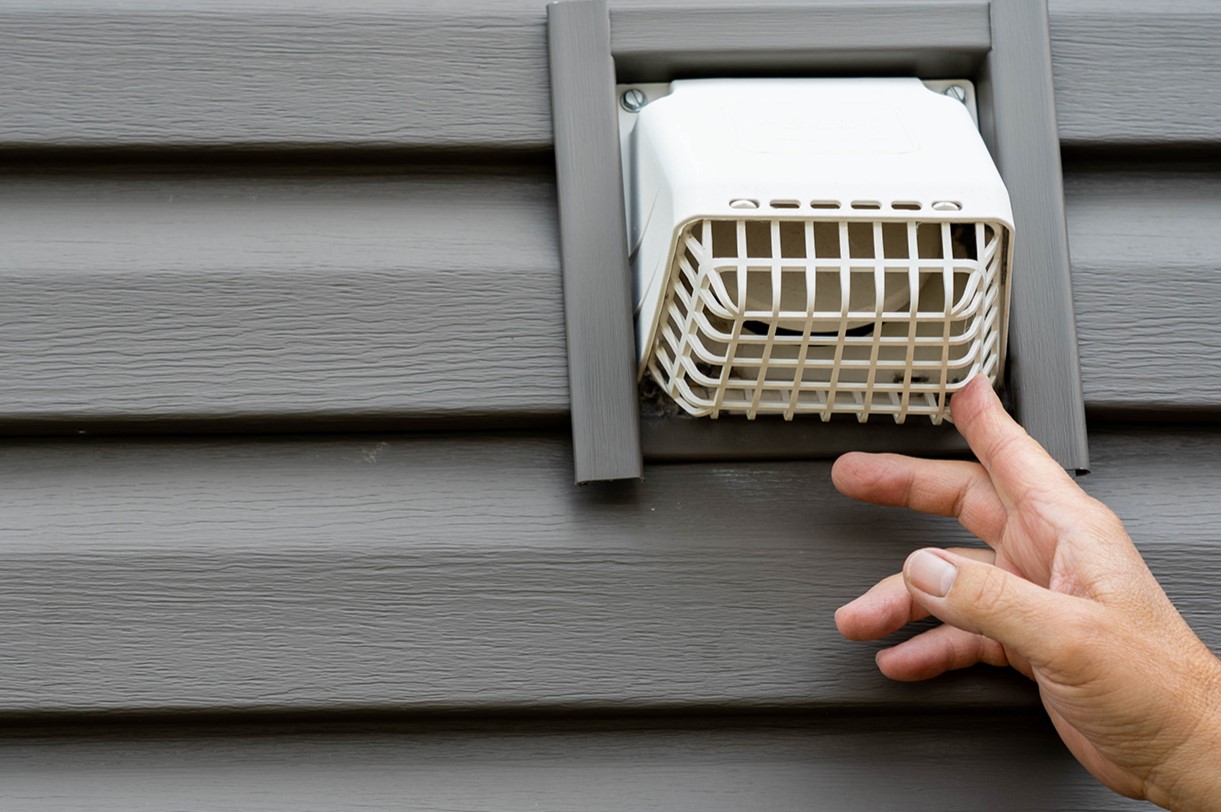
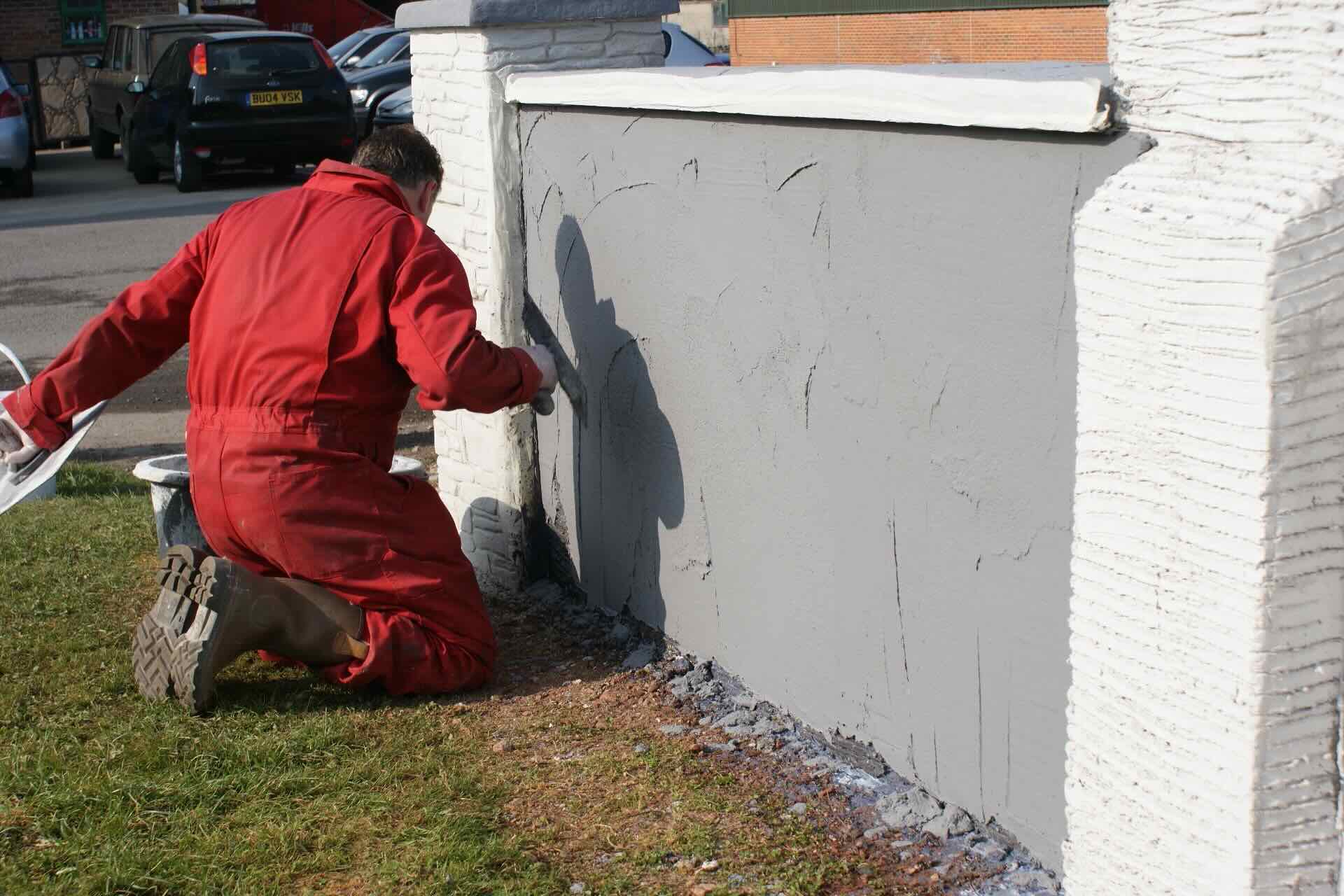
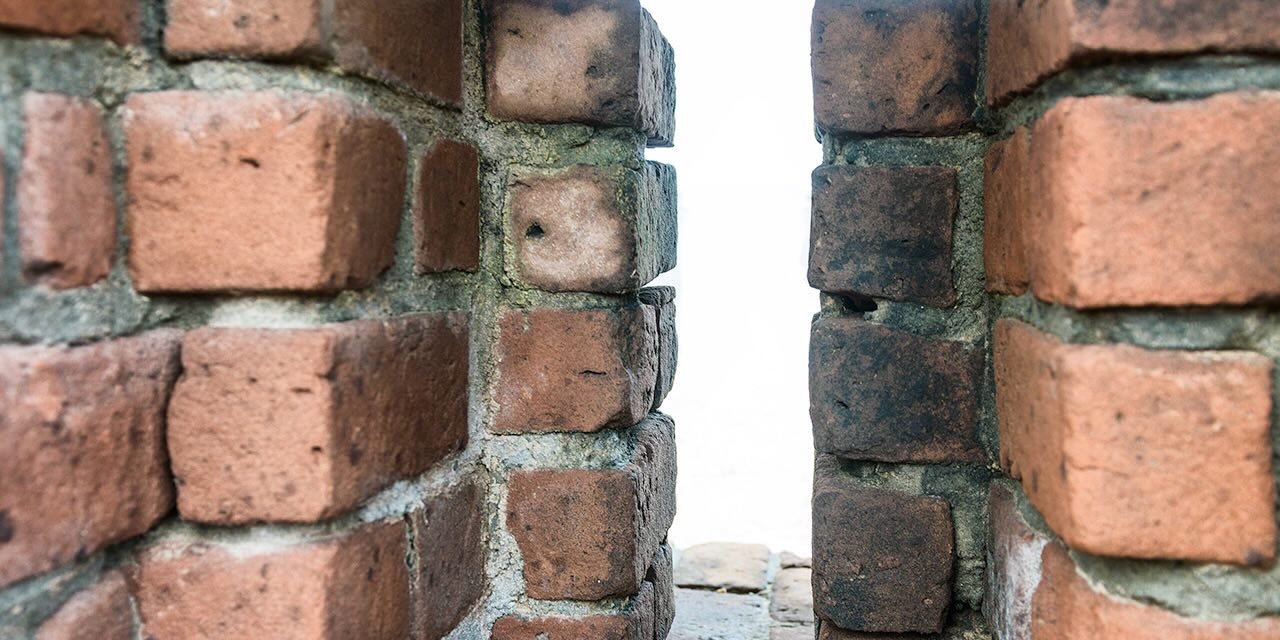
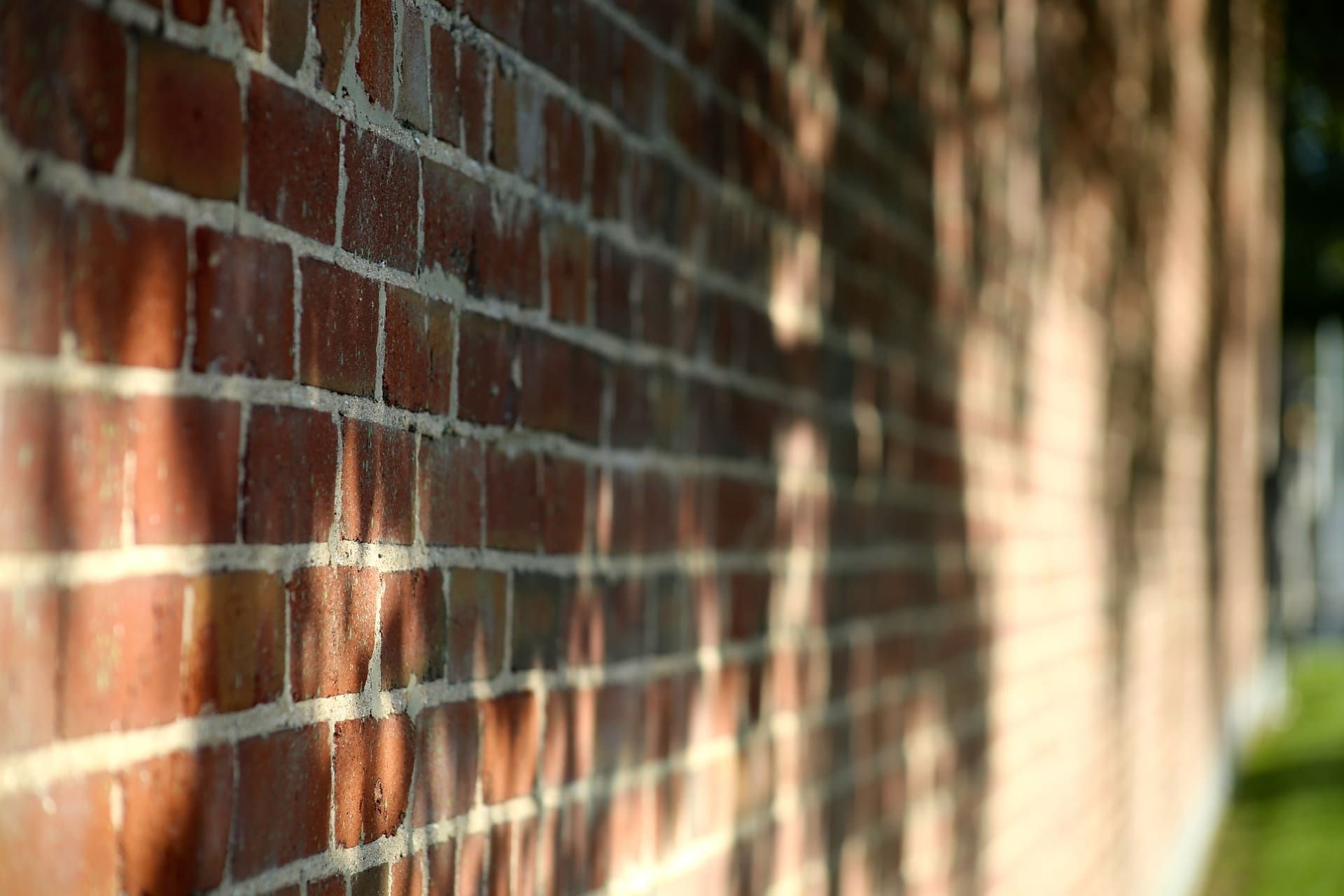
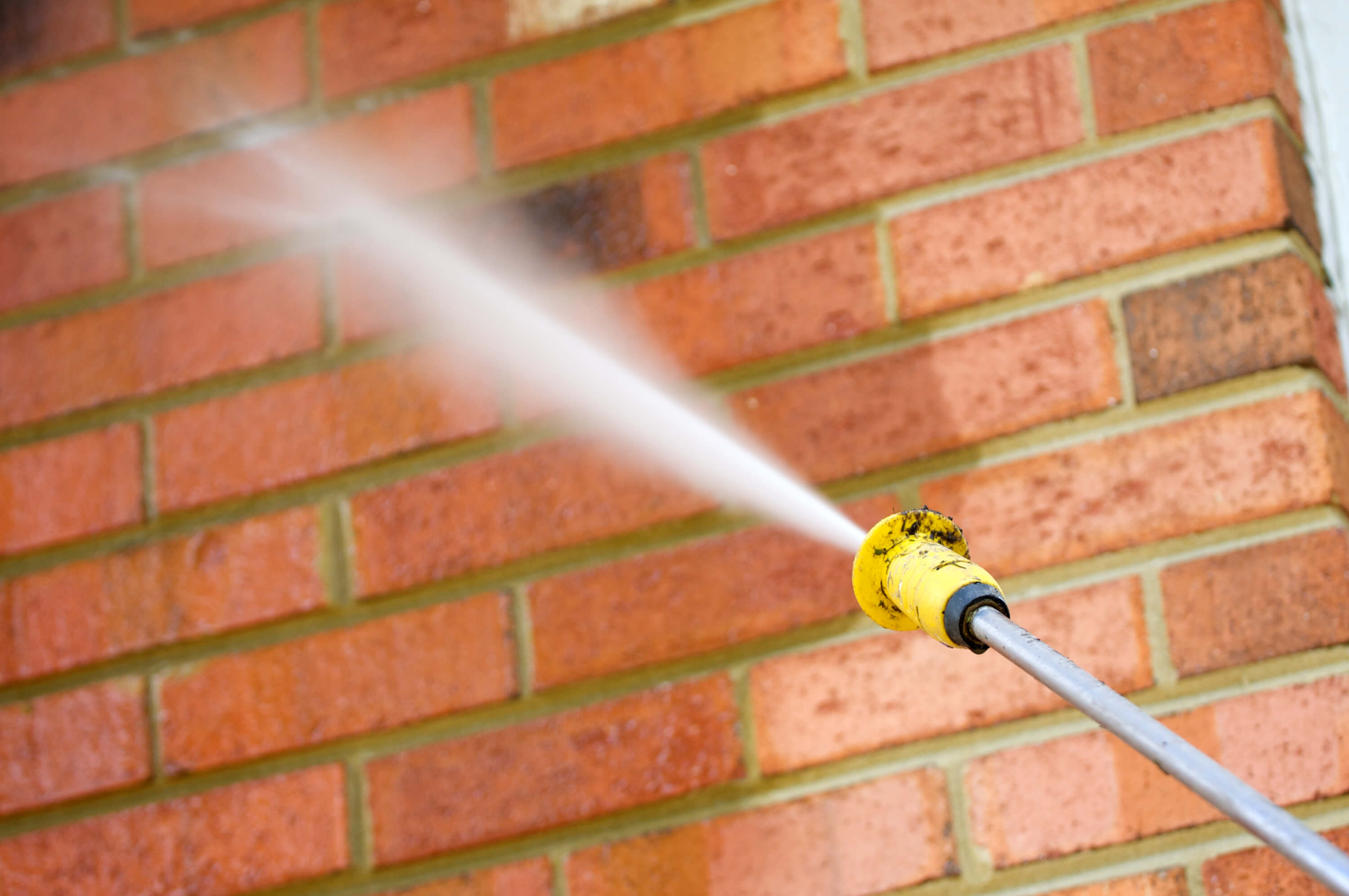

0 thoughts on “How To Cover Old Brick Wall Outside”